Blog
How Do Exhaust Fans Work to Improve Indoor Air Quality?
Updated on Feb 2025
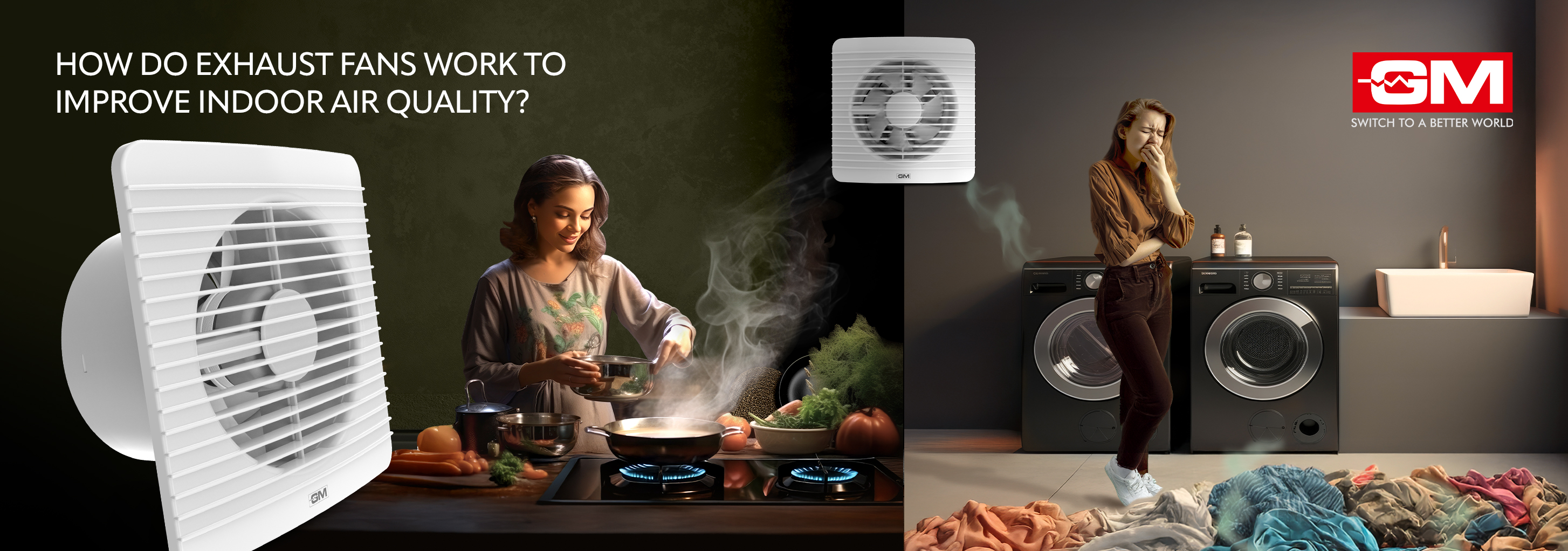
Exhaust fans are indispensable tools for enhancing indoor air quality by expelling stale, polluted, or humid air and drawing in fresh air from the outside. Whether in homes, offices, or industrial spaces, understanding how exhaust fans work in the room is key to utilising their full potential. In this comprehensive guide, we will explore the exhaust fan working principle, the components that make them effective, and their various applications.
How Do Exhaust Fans Work?
The fundamental mechanism of an exhaust fan revolves around the creation of negative air pressure. When the fan operates, its motor drives the blades to rotate at high speeds. This rotation generates a suction force, pulling stale air from the room and expelling it outside through a vent or duct. As the polluted air is removed, fresh air is naturally drawn into the space, improving ventilation and air quality.
Exhaust Fan Working Principle:
1. Motor Activation: The motor powers the fan blades.
2. Air Suction: The blades create a vacuum-like effect, pulling air towards the fan.
3. Air Expulsion: The stale air passes through the fan and exits via a vent or duct to the outside environment.
4. Fresh Air Inflow: Negative pressure created by the fan draws in fresh air from outside to replace the expelled air.
How Exhaust Fans Work in Different Spaces
1. Bathrooms
Bathrooms are prone to excess humidity and odours. Ceiling-mounted exhaust fans effectively remove moist air, preventing mold and mildew growth, and ensuring a fresh and dry environment.
2. Kitchens
In kitchens, wall-mounted or hooded exhaust fans remove smoke, grease, and cooking odours. They also help regulate temperature by expelling heat generated during cooking.
3. Laundry Rooms
Laundry spaces often accumulate humidity due to drying clothes. Exhaust fans efficiently manage moisture, preventing dampness and musty odours.
4. Industrial Areas
In industrial settings, larger exhaust fans are used to expel hazardous fumes, chemicals, and volatile organic compounds (VOCs), creating a safer workspace.
Components of an Exhaust Fan
Exhaust fans consist of several key parts, each playing a vital role in their operation:
● Motor: Powers the blades and determines the fan’s speed and efficiency.
● Blades: Create airflow by spinning and drawing air from the room.
● Housing Frame: Encases the motor and blades, directing airflow efficiently.
● Duct or Vent: Channels the expelled air out of the building.
● Grill or Guard: Protects the fan blades and prevents foreign objects from entering.
Benefits of Exhaust Fans
1. Improved Air Quality
By removing pollutants, allergens, and odours, exhaust fans ensure cleaner indoor air, reducing the risk of respiratory issues.
2. Humidity Control
Exhaust fans are highly effective in managing humidity and preventing moisture buildup that can lead to mold, mildew, and structural damage.
3. Temperature Regulation
In spaces like kitchens, exhaust fans expel heat, creating a cooler and more comfortable environment.
4. Energy Efficiency
Modern exhaust fans consume minimal energy while delivering powerful ventilation, making them cost-effective and eco-friendly solutions.
Choosing the Right Exhaust Fan
1. Room Size Matters
The size of the room determines the required airflow capacity of the fan, measured in cubic feet per minute (CFM). Larger spaces need fans with higher CFM ratings.
2. Purpose and Location
Identify the specific needs of the space. For example, kitchens and bathrooms require fans with higher suction power to handle moisture and odours effectively.
3. Type of Fan
Exhaust fans come in various types:
● Ceiling-Mounted Fans: Ideal for central ventilation.
● Wall-Mounted Fans: Suitable for spaces with access to an external wall.
● Inline Fans: Installed within duct systems for discreet and powerful ventilation.
4. Noise Levels
Consider fans with lower decibel ratings for quieter operation, especially in residential settings.
5. Energy Efficiency
Look for fans with an Energy Star rating or features like variable speed controls and timers for enhanced efficiency and cost savings.
Maintaining Exhaust Fans
Regular maintenance ensures optimal performance and longevity:
● Clean the Blades: Remove dust and debris to maintain airflow.
● Check the Motor: Ensure the motor functions smoothly and lubricate if necessary.
● Inspect Ducts: Clear any blockages in the ducts or vents.
● Replace Filters: If your fan has filters, clean or replace them periodically.
Exhaust fans are a vital part of maintaining indoor air quality. By understanding how exhaust ans work and selecting the right model for your needs, you can create a healthier, more comfortable living or working environment. Whether you need an exhaust fan for your kitchen, bathroom, or industrial space, GM Modular’s range of high-quality fans offers the perfect solution. Explore our innovative and durable exhaust fans to experience superior ventilation and air quality today!
Related Blogs
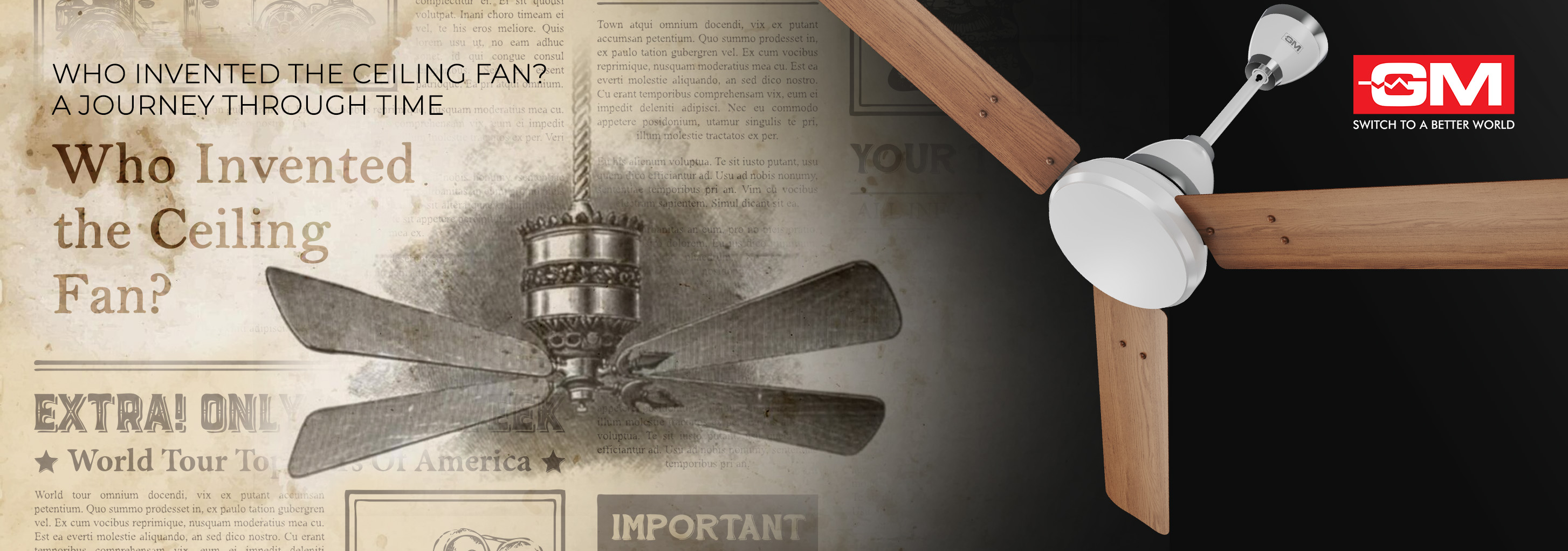
Who Invented the Ceiling Fan? A Journey Through Time
Ceiling fans are a quiet yet transformative part of life at home, offering comfort, style, and energy savings all year round. But not many of us know about the invention of the ceiling fan and how this humble device revolutionised modern living. To a
Read More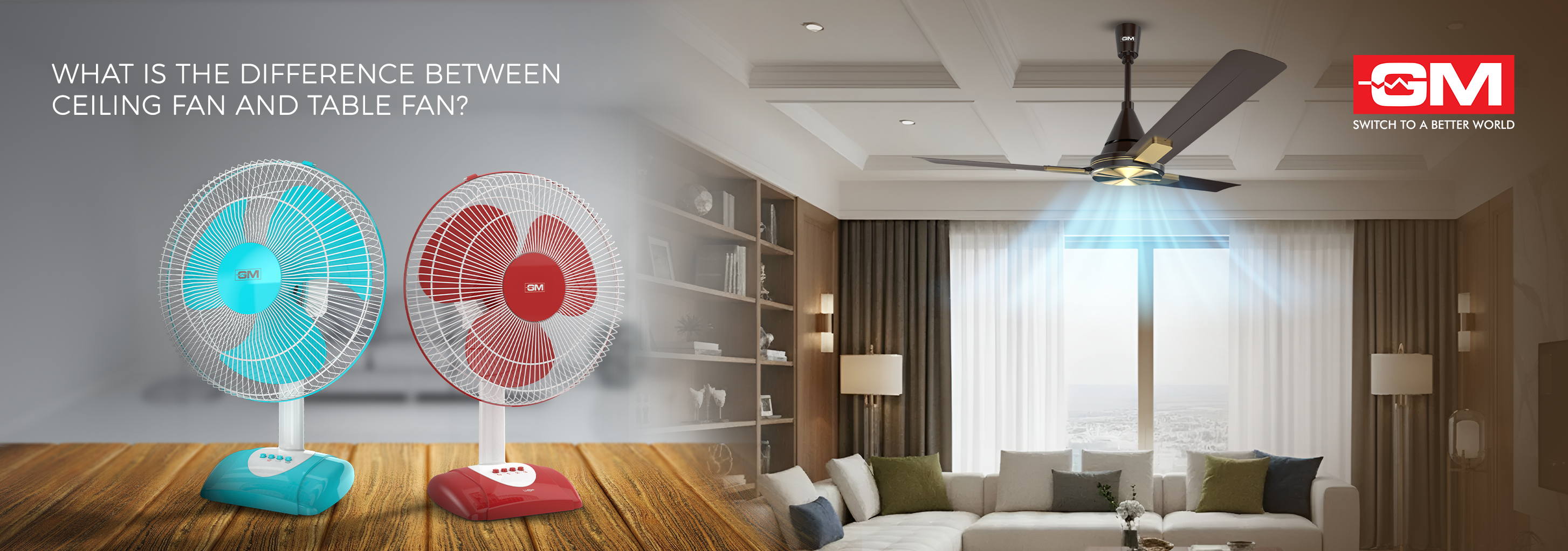
What is the Difference Between a Ceiling Fan and a Table Fan?
Fans are easy to use and save energy, so most people use them to keep a room cool and comfortable. But before you buy one, you should know what makes a ceiling fan different from a table fan. They both move air, but they do it in very different ways
Read More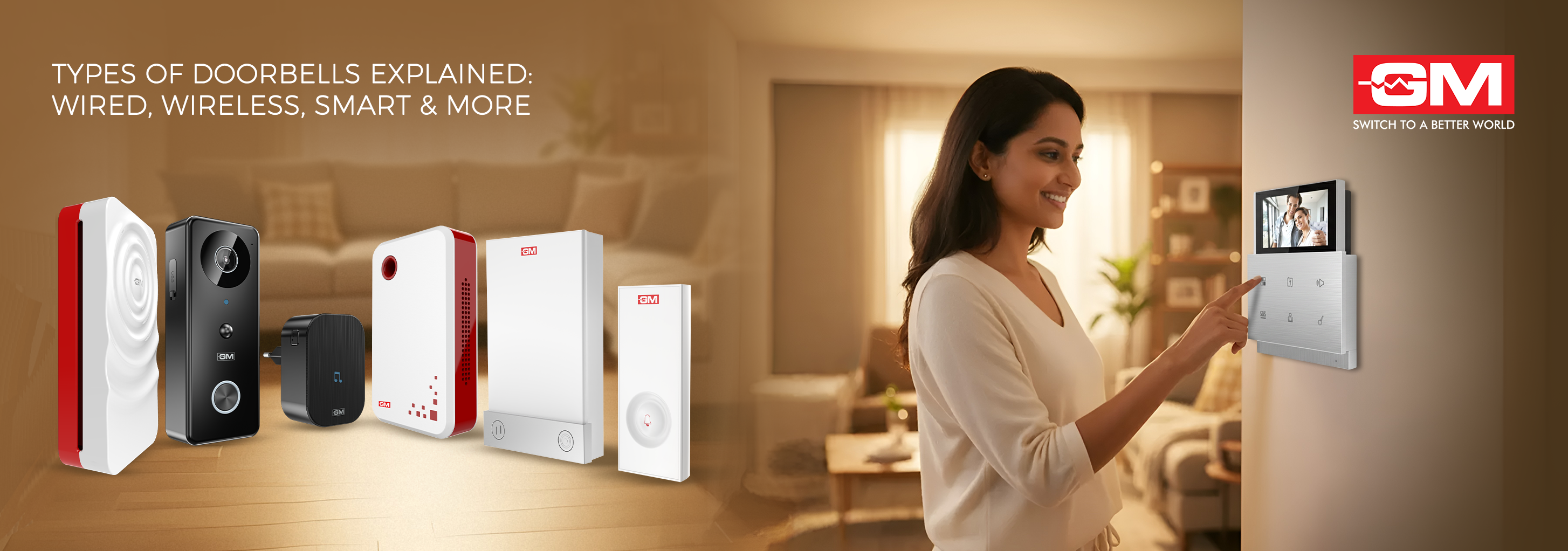
Types of Doorbells Explained: Wired, Wireless, Smart, and More
A doorbell is one of the most important parts of a home or office, but it's also one of the most common things that people forget about. It not only lets visitors know you're home, but it also makes your space more convenient, safe, and stylish. The
Read More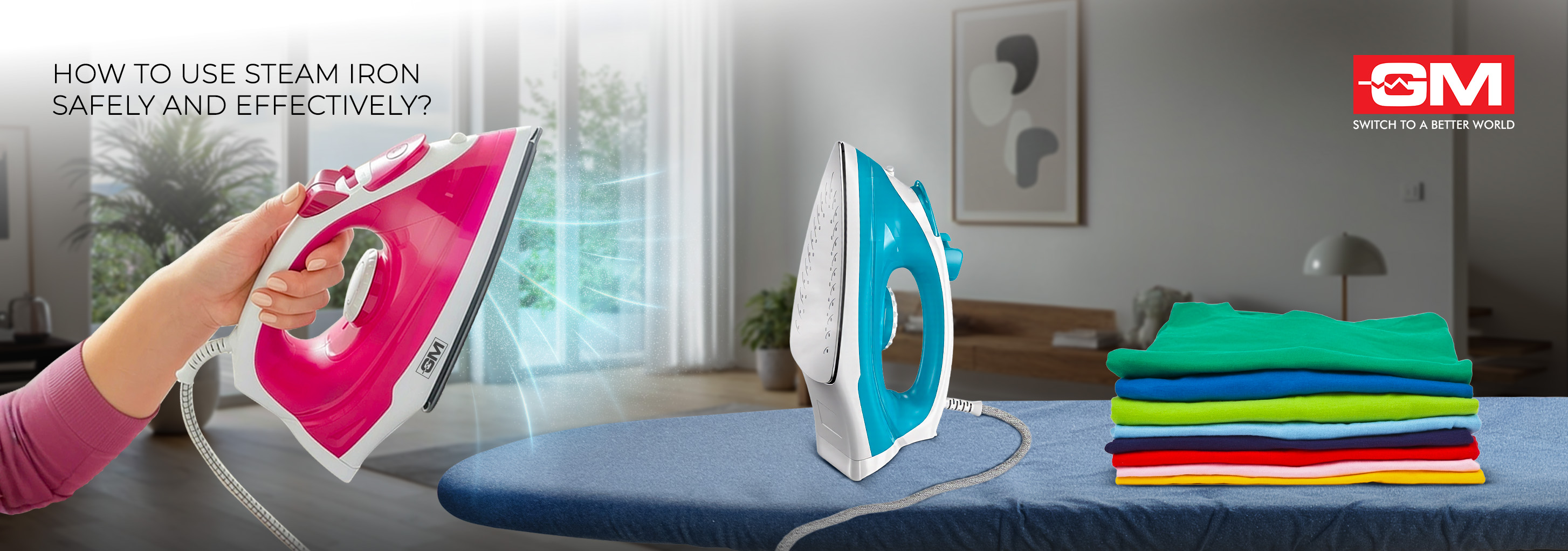
How to Use a Steam Iron Safely and Effectively?
No matter if you're going to work, a meeting, or a party, wearing a crisp, wrinkle-free outfit can boost your confidence right away. But you need to know how to use a steam iron correctly to get that perfect finish. A steam iron isn't just another ap
Read More